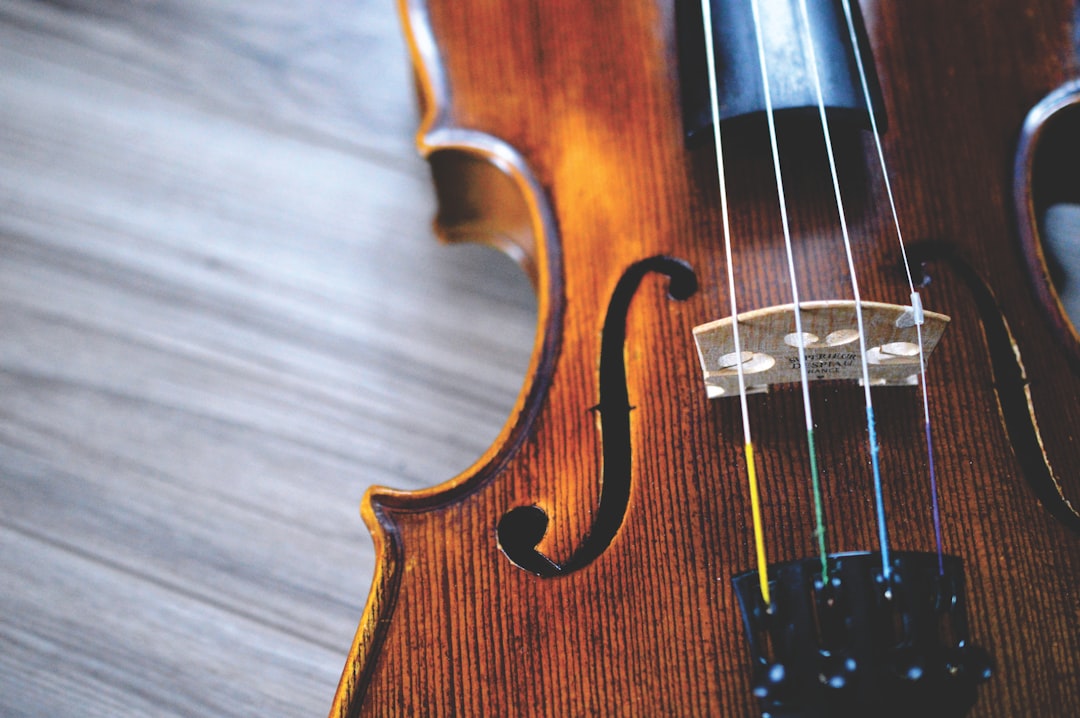What is it about?
How does art transcend time? What special power enables it to speak to us not just as evidence of times gone by but as a living presence? The Renaissance concluded that great art is impervious to time – “timeless”, “immortal”, “eternal” – a belief endorsed by Enlightenment aesthetics. Later thinkers such as Hegel, Marx and Taine stressed the historical embeddedness of art, a view also espoused by certain modern theorists such as Sartre, Benjamin and Adorno. The conflict between these two positions has left us without a persuasive account of art’s capacity to transcend time. André Malraux offers an entirely new account of this unique power of art. For Malraux, art is neither exempt from history (timeless) nor wholly immersed in it. Art transcends time through metamorphosis, a process of continual transformation in significance in which history plays an essential, but not exclusive, part.
Featured Image
Why is it important?
It is important because Malraux offers an account of the power of art to transcend that is far more convincing than the existing account (that art is "timeless"). It is also important because the topic itself - the power of art to transcend time - has been widely neglected. In fact Malraux's thinking about art as a whole has been seriously neglected.
Perspectives
My own perspective is as a strong advocate for Malraux's thinking about art. Malraux wrote extensively on the subject and offers us a truly revolutionary understanding the nature and purpose of art. The two major contemporary schools of thought in aesthetics - the "continental" and the "analytic" - effectively ignore Malraux, and when they do, occasionally, comment, get him seriously wrong. My essay is one among several attempts I have made to rectify this situation.
Dr Derek W Allan
Australian National University
Read the Original
This page is a summary of: Vanquishing Temporal Distance: Malraux, Art and Metamorphosis, Australian Journal of French Studies, January 2016, Liverpool University Press,
DOI: 10.3828/ajfs.2016.11.
You can read the full text:
Resources
Contributors
The following have contributed to this page










